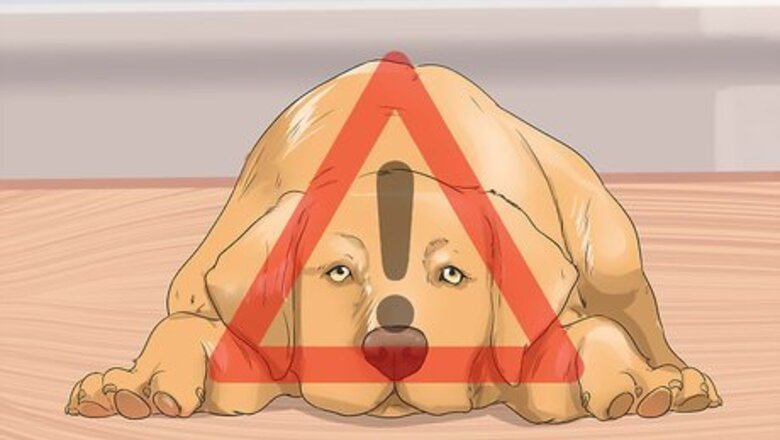
views
Looking For the Signs of Gastric Torsion and Bloat
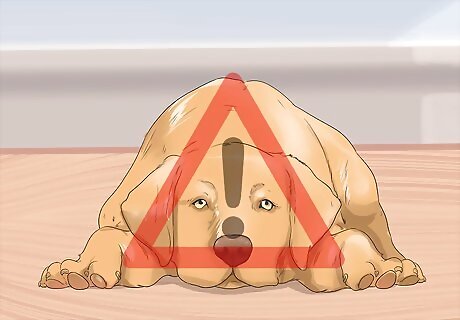
Look for the first signs of gastric torsion and bloat. It is important to spot this condition as quickly as possible, in order to get it treated swiftly. Initially, the signs of include: The dog appears uncomfortable with an anxious or stressed appearance. The dog may stretch or pace. The belly begins to get large or tight. Drool or excessive saliva will fall from its mouth. The dog will try to vomit but nothing comes out.
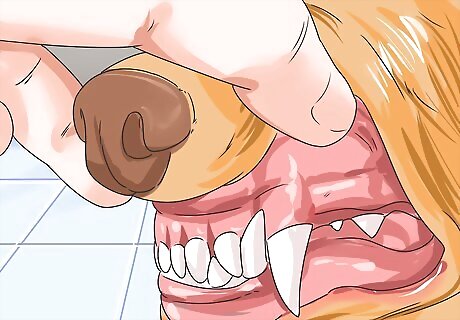
Pay attention to the signs of shock. If nothing is done at the beginning of the dog’s condition, it will quickly get worse. The signs of shock will develop as the involved tissue begins to die and toxins are released into the blood stream. These signs include: Weak pulses in the legs Difficulty breathing Pale gums Rapid heartbeat
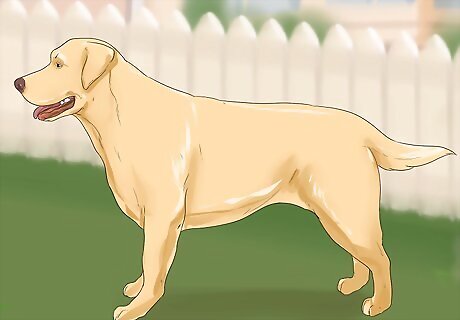
Keep a close eye on large-breed dogs. It appears that large breed dogs with deep chests are predisposed to develop this condition. This means that Labrador retrievers are prone to this condition. It may be that a narrow thorax is responsible for the higher rates of GDV in large, deep-chested breeds.
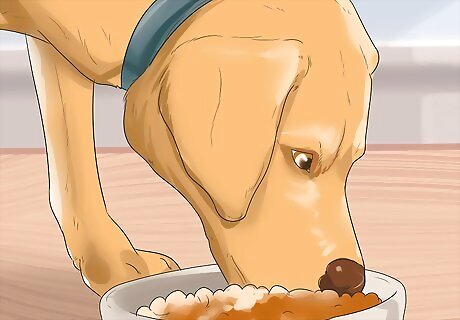
Watch for signs in big dogs that eat quickly. The eating behavior of the dog can also influence the development of GDV. Dog’s that are “greedy” eaters, gulping their food down and swallowing air as they gulp, can fill their stomachs with air. This means that those that are fed only one large meal a day can develop GDV more easily. To decrease the risk of GDV, feed your Lab small and frequent feedings of its dog food. This means splitting up the total daily food amount into two or, better yet, three feedings. Dogs that gulp their food can be slowed down by the use of a slow feeder. A slow feeder is simply a food bowl that has large pillars inside it that the dog has to work around to get to the food. The type of food fed can also effect the chances of developing GDV. Dry food listing oil(s) as one of the first four ingredients has been implicated in this condition.
Getting a Veterinary Diagnosis
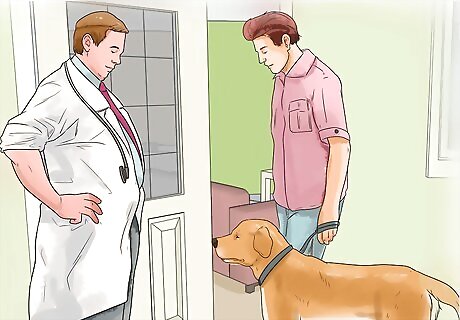
Take your dog to the veterinarian as soon as possible. It is important to get your Lab under the care of a veterinarian quickly so that it can get treatment. Call your veterinary office and tell them about the situation. They should get you in immediately on an emergency basis. If your veterinary clinic is not open, take your dog to an emergency dog clinic or hospital. Gastric torsion and bloat are very, very serious. This is because the dilation of the stomach and subsequent twisting does not only affect the stomach. It can compress big arteries and veins in the abdomen, which can drop blood pressure and affect the liver. This can lead to shock and a serious, sometimes deadly, condition called disseminated intravascular coagulation or excessive blood clotting. The heart can also be affected by arrhythmia, or an irregular heartbeat.
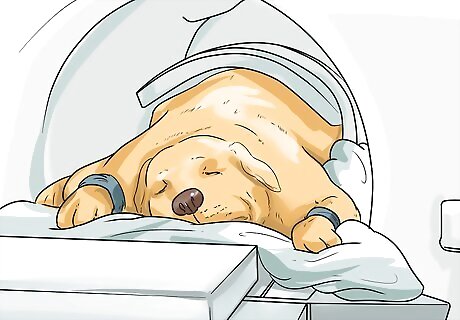
Approve additional testing. Your veterinarian may want to do additional testing to get a better sense of the overall health of the dog. Dogs that are suspected of having GDV will have blood work done at the veterinary clinic, which will include a complete blood count and blood chemistry tests. These tests may show the dog to be dehydrated, toxic and/or in shock. In addition, radiographs, or possibly an ultrasound, of the abdomen will performed. Radiographs (or X-rays) will show an air or fluid-filled stomach with a tell-tale sign called “double-bubble” or “Popeye’s arm,” in which the twisted stomach appears as two air filled bubbles.
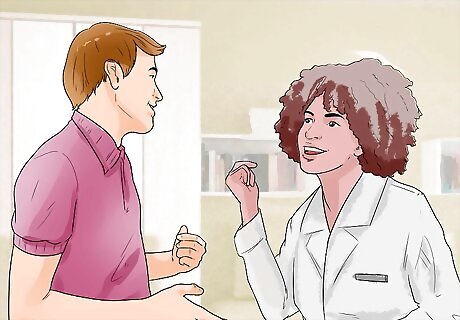
Follow your veterinarian's suggestions for treatment. The immediate goal of treatment is to restart circulation through the stomach. Once a firm diagnosis is made, the dog will need to be stabilized with fluids and medication. It will then be taken to surgery to decompress and untwist the stomach. Even after surgery, the dog will not be out of danger for a few days, due to the severe intestinal and circulatory problems this condition causes.










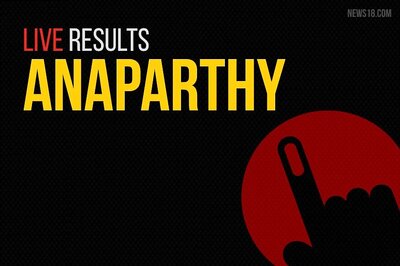

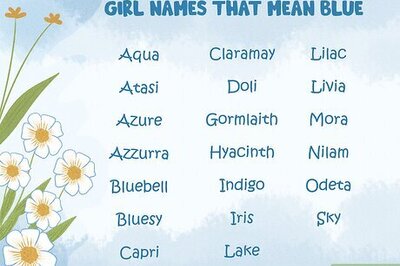

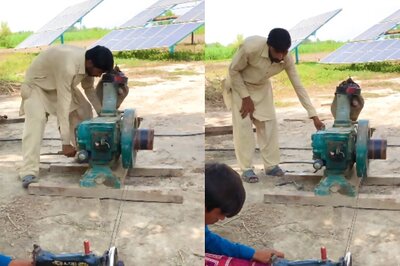


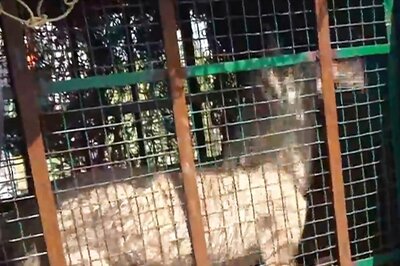
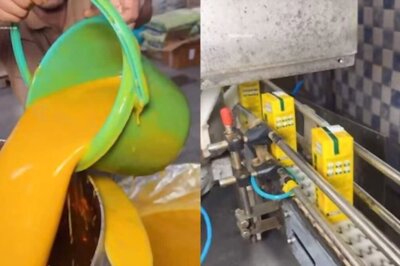
Comments
0 comment